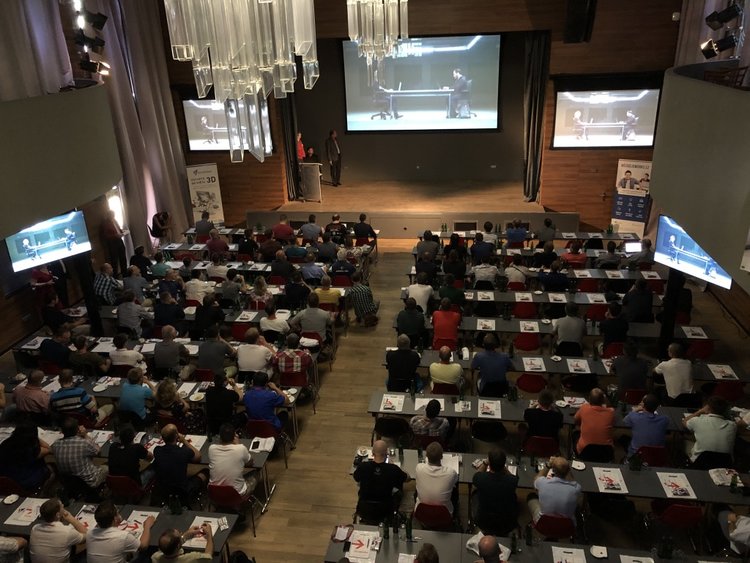Interview with Vít Grossmann: Zoo does not belong in the cloud
What to take with you to the cloud, what to leave at the cloud gates and how to find out? Vít Grossmann advises the biggest companies on how to get the right answers and not lose your pants on cloud adoption.
I'm sure you often answer the question: "What is the cloud?" But let's start unconventionally: what is the cloud not?
The cloud is not a magical place where all your (IT) problems disappear. It certainly doesn't. The cloud is also not Someone else's computeras some jokers wear on their T-shirts when they try to rip the server out of the rack, cursing the company for not being in the cloud yet.
Okay - so what is the cloud?
For me, the cloud is the way I do IT. So-called "cloud behavior" is how I learn from the best: cloud providers have learned absolute efficiency, automation, scalability, robustness and other "superpowers". To follow up on the previous question: The cloud also acts as a magnifying glass or amplifier of the difficulties of my current IT.
A magnifying glass? Amplifier? Do you speak in cloud ciphers?
I wouldn't like that. In short, if you don't have a tidy IT, but you have a technological zoo that you keep afloat manually, every installation is unique, so any such non-standard costs you money in the cloud. At the end of the day, you can end up in a 50:50 mode where you need two parties to run your IT: the old one for the zoo and the new one for the cloud.
Sounds like a horror movie. So should we avoid the cloud?
That would be cowardly to say the least! If well conceived, thought out and planned, the cloud can bring considerable benefits. This is true not only in terms of savings, but especially in supporting your business, scalability of the business, the ability to try anything out quickly, adapt quickly, or abandon quickly. Cloud technologies also help you to "not get old" - they force you to innovate and keep your finger on the pulse of the times, so to speak.
That sounds better, but where to start?
The starting position is determined by the maturity of IT in your organisation. Someone is weighed down by historical investments, another by applications or the expertise of IT colleagues. That's why we tend to start with a quick review of the company's IT maturity and identify the key strategic goals it can achieve in the next 1-3 years. The creation of such a cloud strategy is, of course, based on the business or existential ambitions and needs of the organisation.

When will the cloud strategy be successful?
If you think about a lot of questions. Where am I and where do I want to go? How do I prepare for and manage change? How will it affect my employees, customers and partners? Where will it help me? What knowledge and skills do I need for this change? And where do I get them if I don't have them?
That's a lot of questions.
Yes. But answers will follow, including a clear plan of where to go, where to invest your time, money and what it will get you - including how much you'll save.
So how much will we save? And is there evidence for that?
Successful implementations of cloud strategies have repeatedly confirmed to us that savings come within 2-3 years of careful work.
The journey is the destination?
Partly, yes, it's cloud journey. But in this case it pays not to stay in her half. It takes time to set sail with the right captain and not get shipwrecked. So I wish everyone a successful sailing on the clouds and no reef!
The text was published in April 2021 in the Hospodářské noviny supplement ICT Review Magazine







